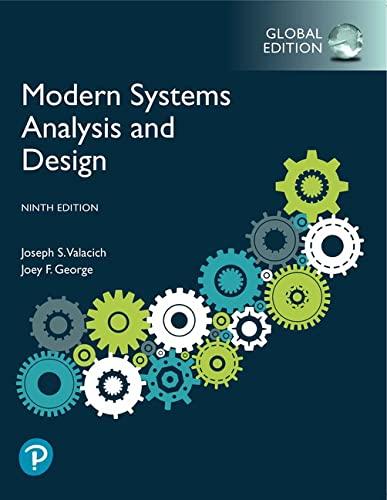Question
1. What is an operating system? a) A hardware component b) A software that manages computer hardware c) A programming language d) A peripheral device
1. What is an operating system?
a) A hardware component
b) A software that manages computer hardware
c) A programming language
d) A peripheral device
2. Which of the following is not an operating system?
a) Linux
b) Microsoft Office
c) Windows
d) macOS
3. What is the primary function of an operating system?
a) Managing hardware resources
b) Running applications
c) Sending emails
d) Editing documents
4. What is a process in an operating system?
a) A computer program in execution
b) A file stored on the hard drive
c) An input device
d) A type of memory
5. Which scheduling algorithm gives each process an equal share of the CPU time?
a) Round Robin
b) First-Come, First-Served (FCFS)
c) Shortest Job Next (SJN)
d) Priority Scheduling
6. What is the purpose of the 'fork' system call in Unix-like operating systems?
a) To create a new process
b) To terminate a process
c) To synchronize processes
d) To allocate memory
7. What is virtual memory?
a) A type of computer memory that never runs out
b) A technique to use disk space as an extension of RAM
c) A type of cache memory
d) A type of CPU register
8. Which file system is commonly used in Linux?
a) NTFS
b) FAT32
c) ext4
d) HFS+
9. What is a deadlock in operating systems?
a) A process that cannot be terminated
b) A state where two or more processes are unable to proceed
c) A virus that locks up the system
d) A type of memory error
10. Which command is used to change the current directory in a Unix-like shell?
a) cd
b) ls
c) mkdir
d) pwd
Step by Step Solution
There are 3 Steps involved in it
Step: 1
1 b A software that manages computer hardware 2 b Microsoft Of...
Get Instant Access to Expert-Tailored Solutions
See step-by-step solutions with expert insights and AI powered tools for academic success
Step: 2

Step: 3

Ace Your Homework with AI
Get the answers you need in no time with our AI-driven, step-by-step assistance
Get Started


